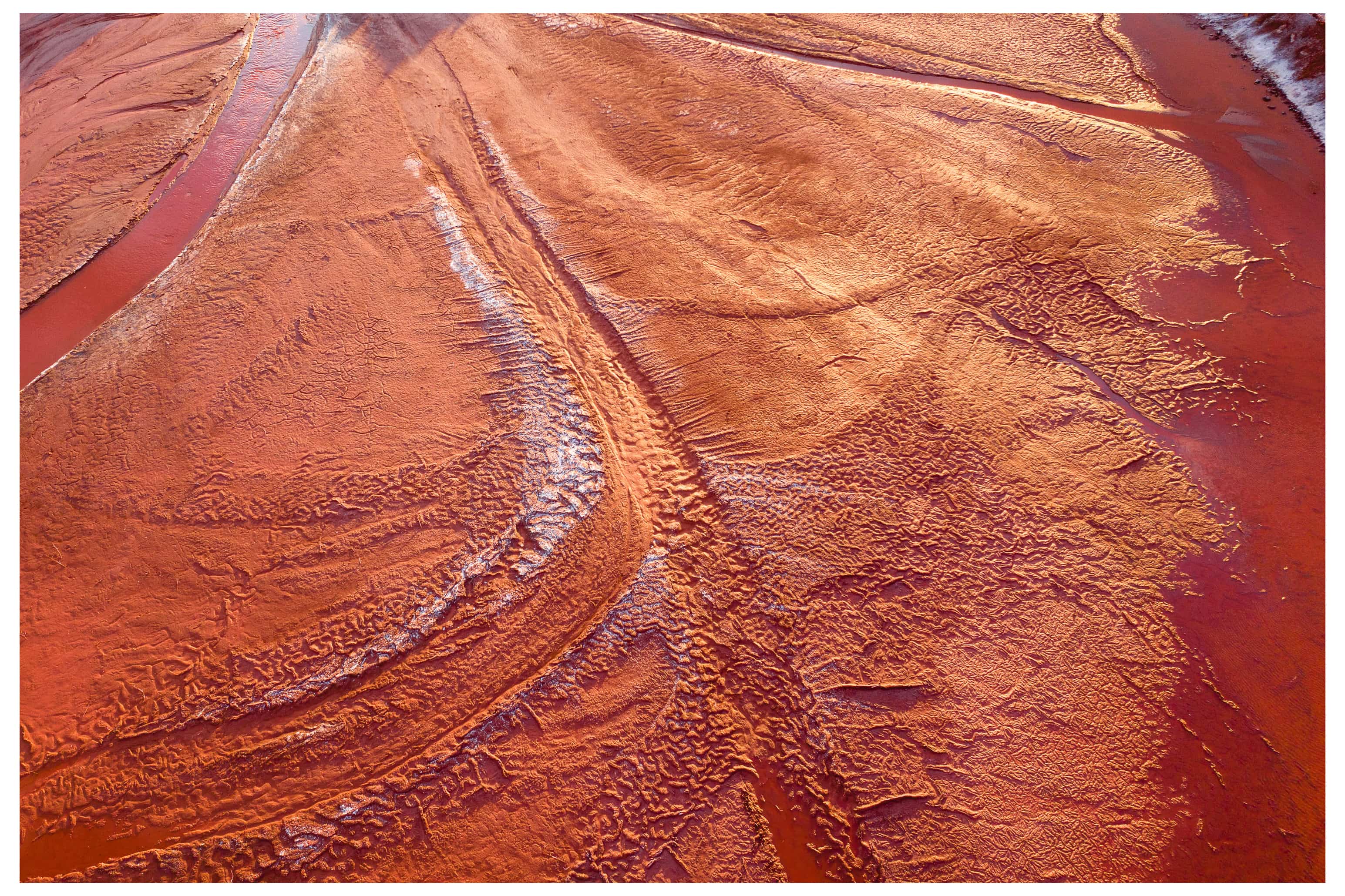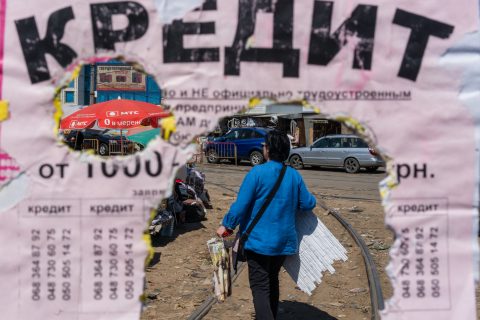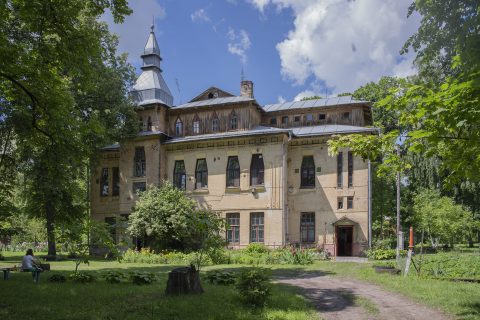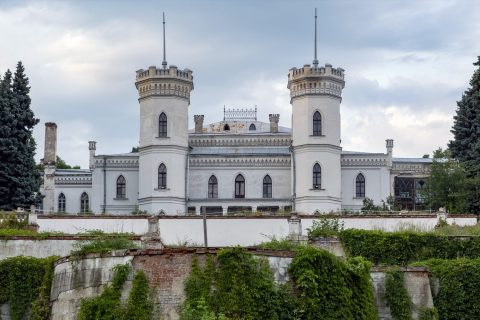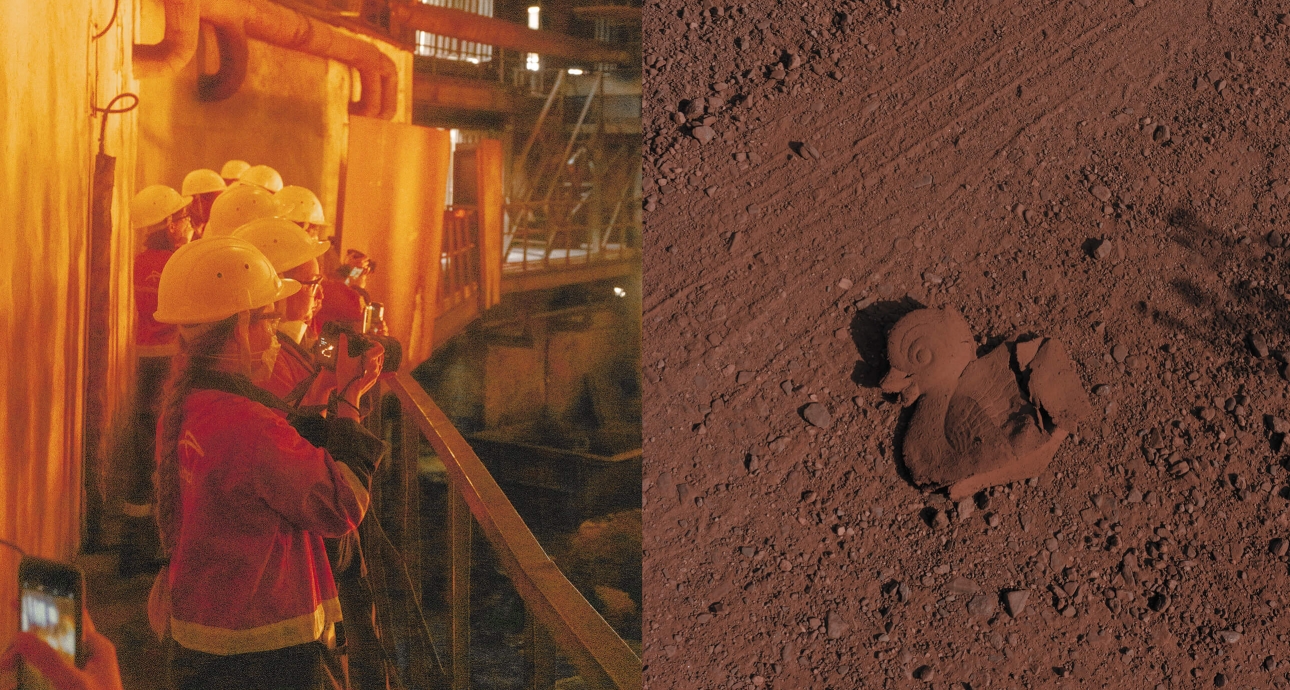
Kryvyi Rih: A Lifelong Journey Through the City
In recent years, Polina Polikarpova has become passionate about domestic tourism, and during the COVID times, exploring Ukrainian cities has become a priority for her. At the end of this summer, as part of the artistic residency at Ruda Project, she visited Kryvyi Rih for the first time, where she explored industrial sites, active and flooded quarries, historical streets, and everything that constitutes the city’s character.
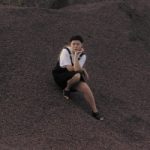
A photographer from Kharkiv, currently based in Kyiv. Her works have been exhibited in Ukraine, Poland, and Germany. Published in Bird in Flight, Vice, Calvert Journal. A member of the UPHA (Ukrainian Photographic Alternative) collective.
— The first thing that stood out and surprised me about the city was its length of 126 kilometers. This is why Kryvyi Rih has several centers with McDonald’s and large squares, and a trip from one end of the city to the other turns into a whole adventure. No wonder its slogan is “Kryvyi Rih – a city as long as a lifetime.”
With the absence of gentrification and new colorful residential complexes, Kryvyi Rih resembles Gorlivka from my early childhood in the 2000s. There were also endless avenues lined with tall poplar trees, hot air, and sunburnt grass. The people of Kryvyi Rih somehow reminded me of Kharkiv residents who love their city with all their hearts. They call Kryvyi Rih a “green city” and turn a blind eye to the brown dust that the wind carries through the streets.
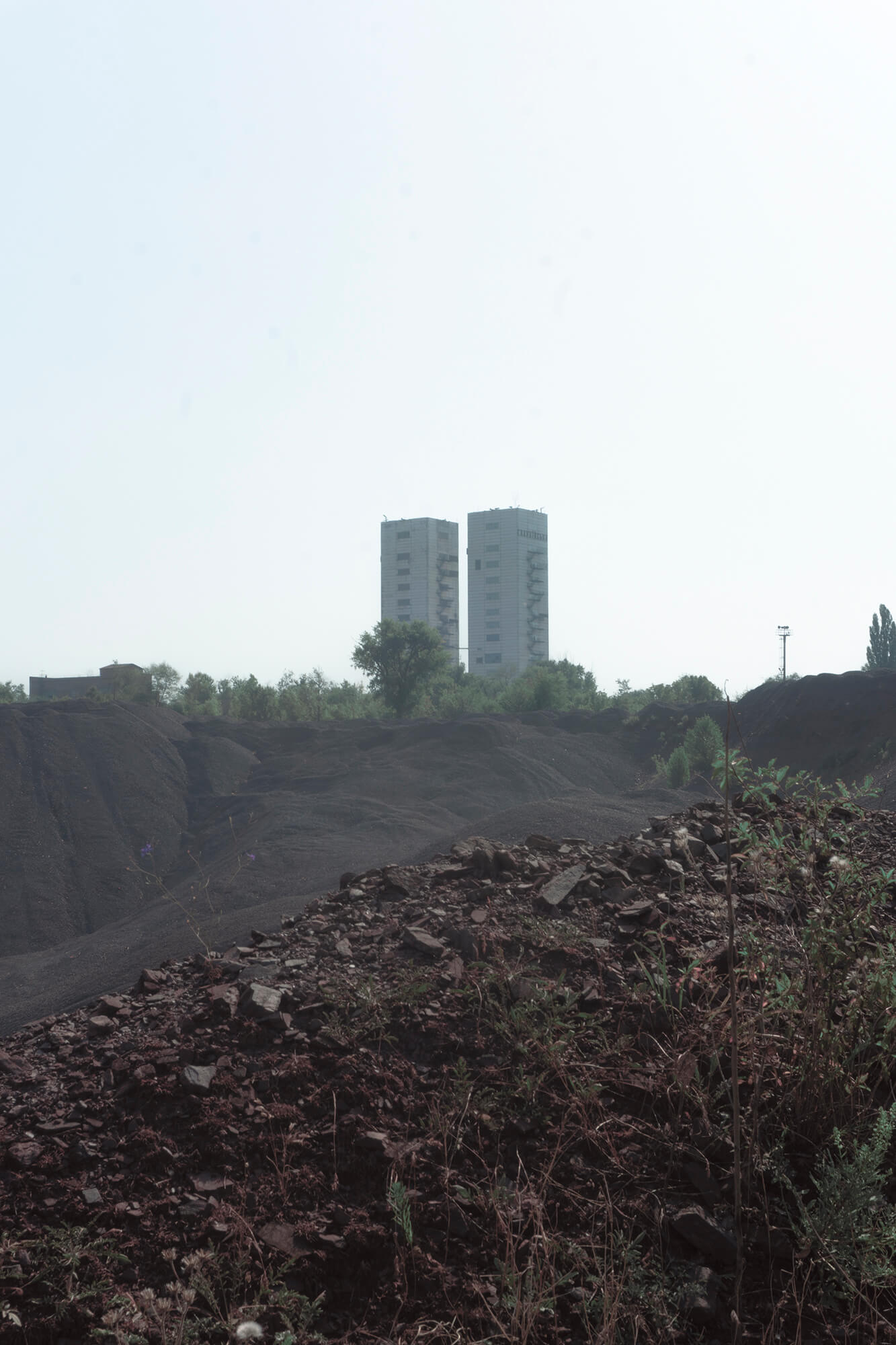
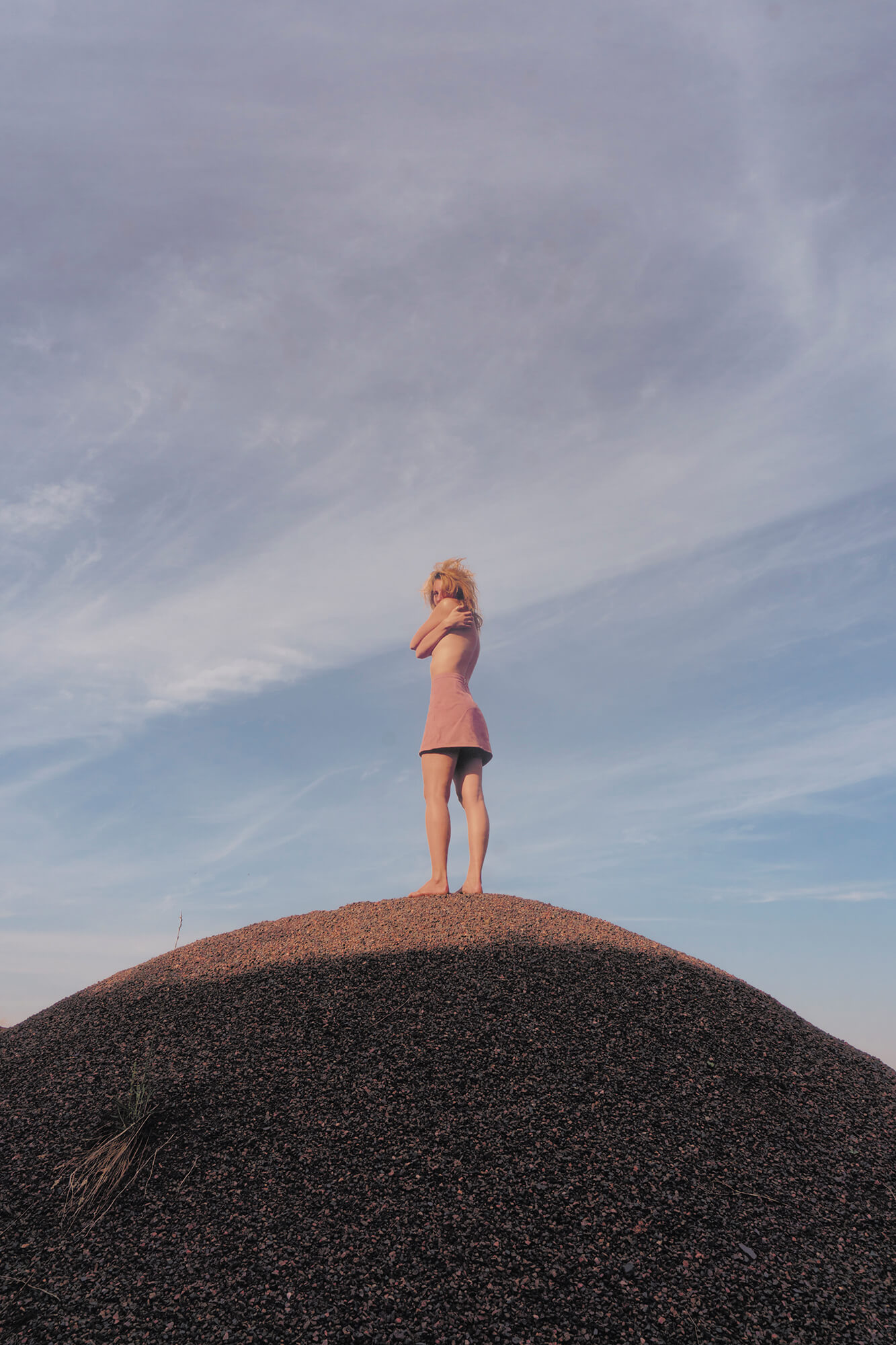
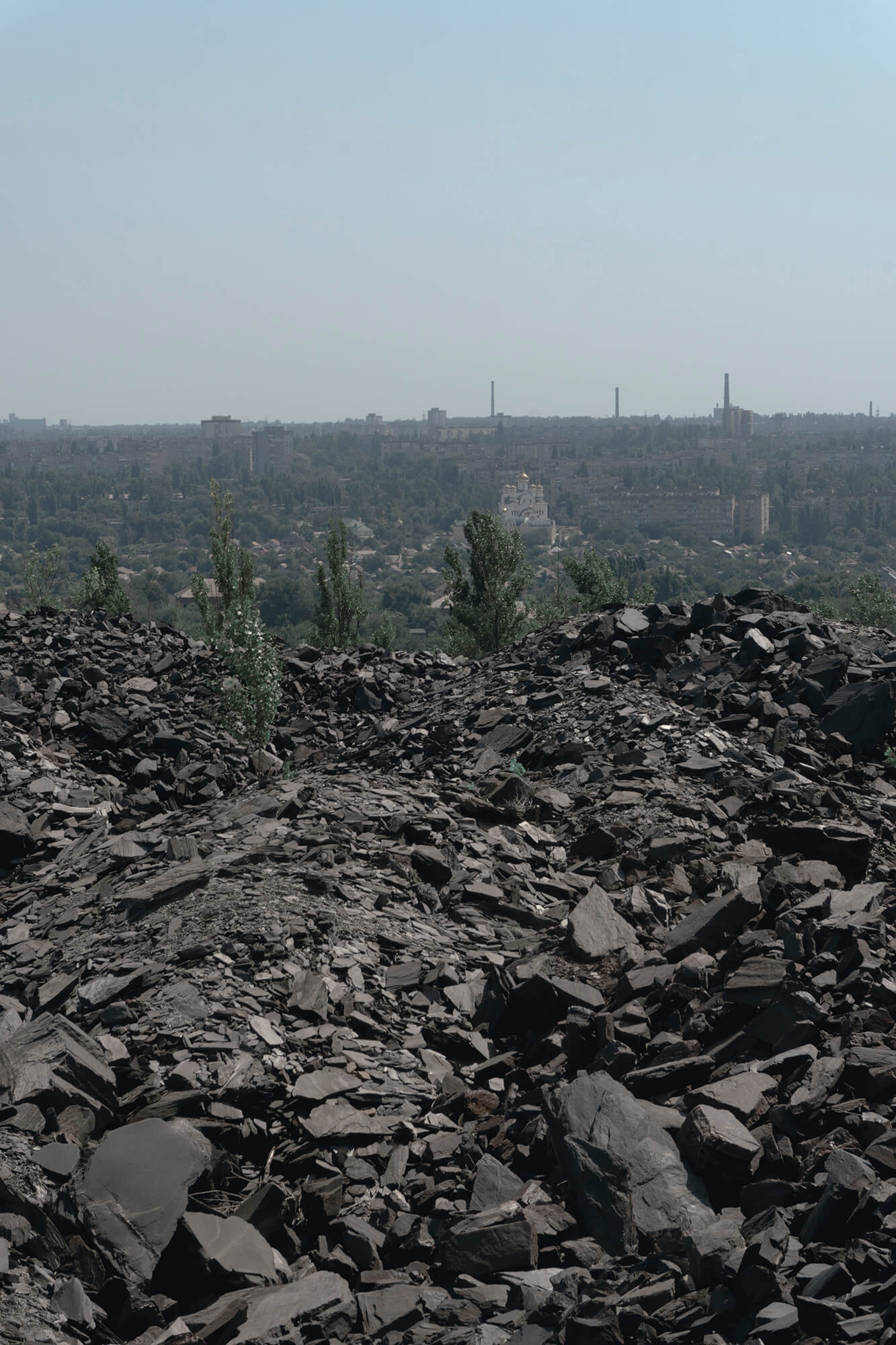
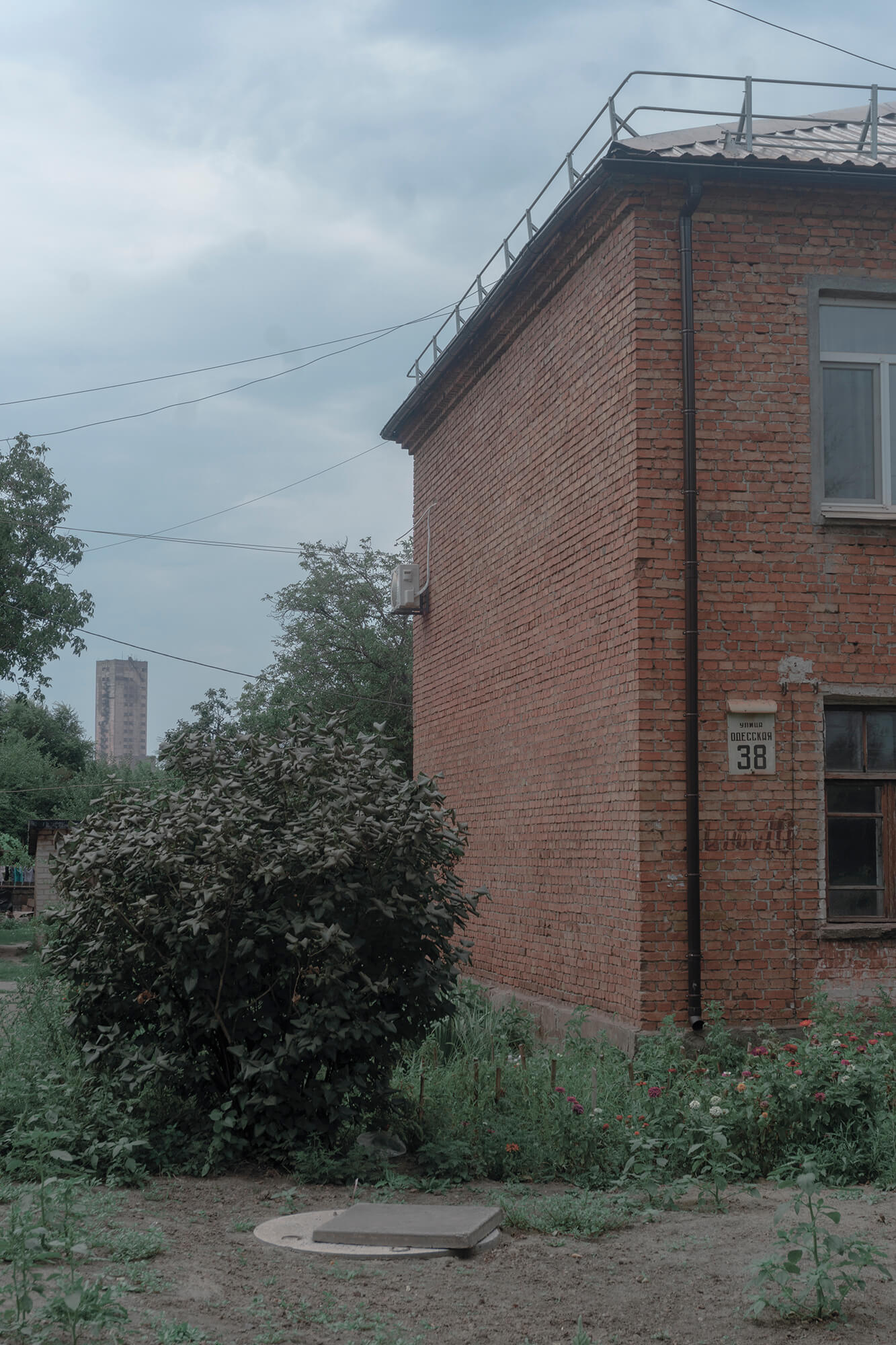
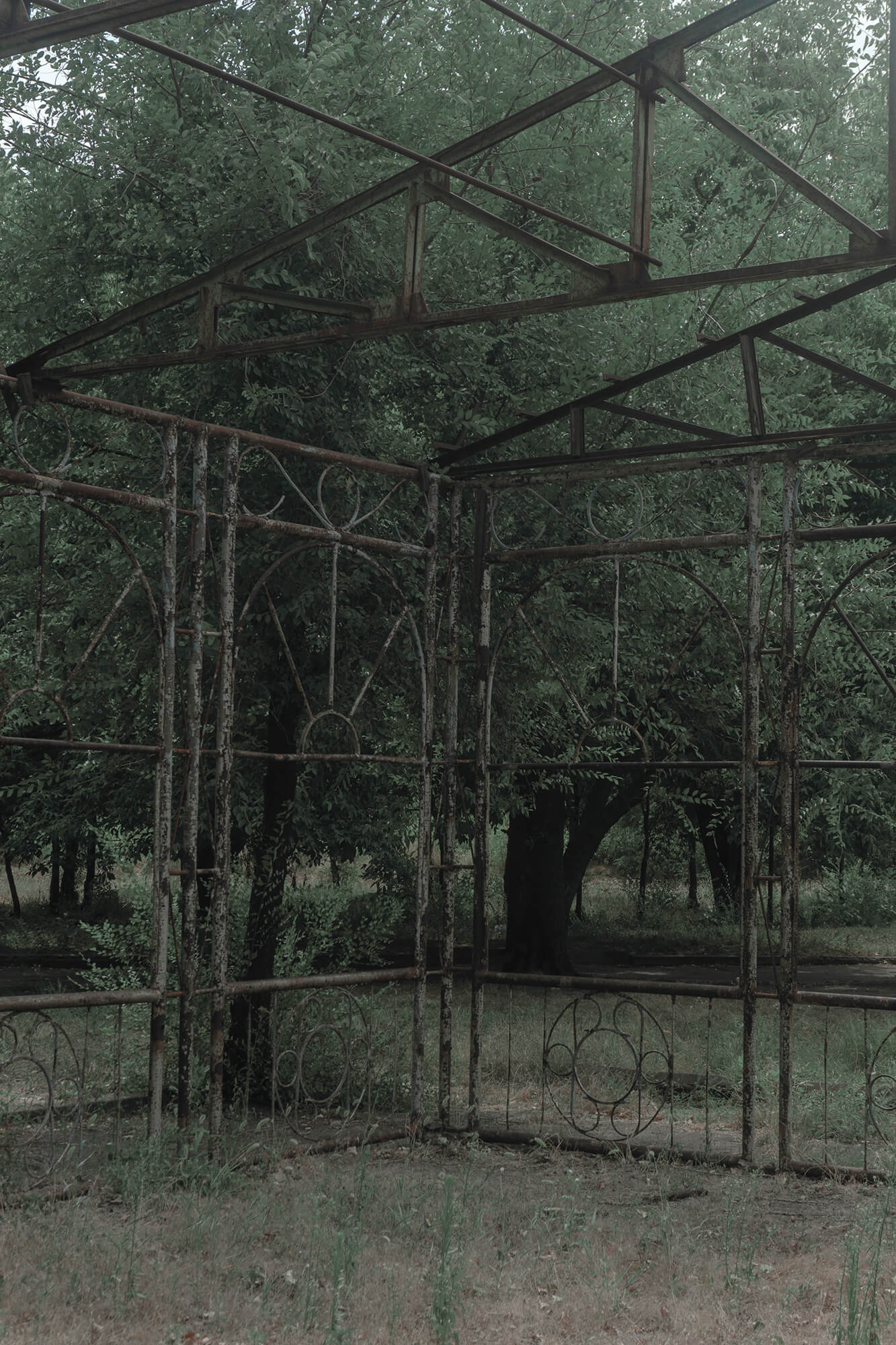
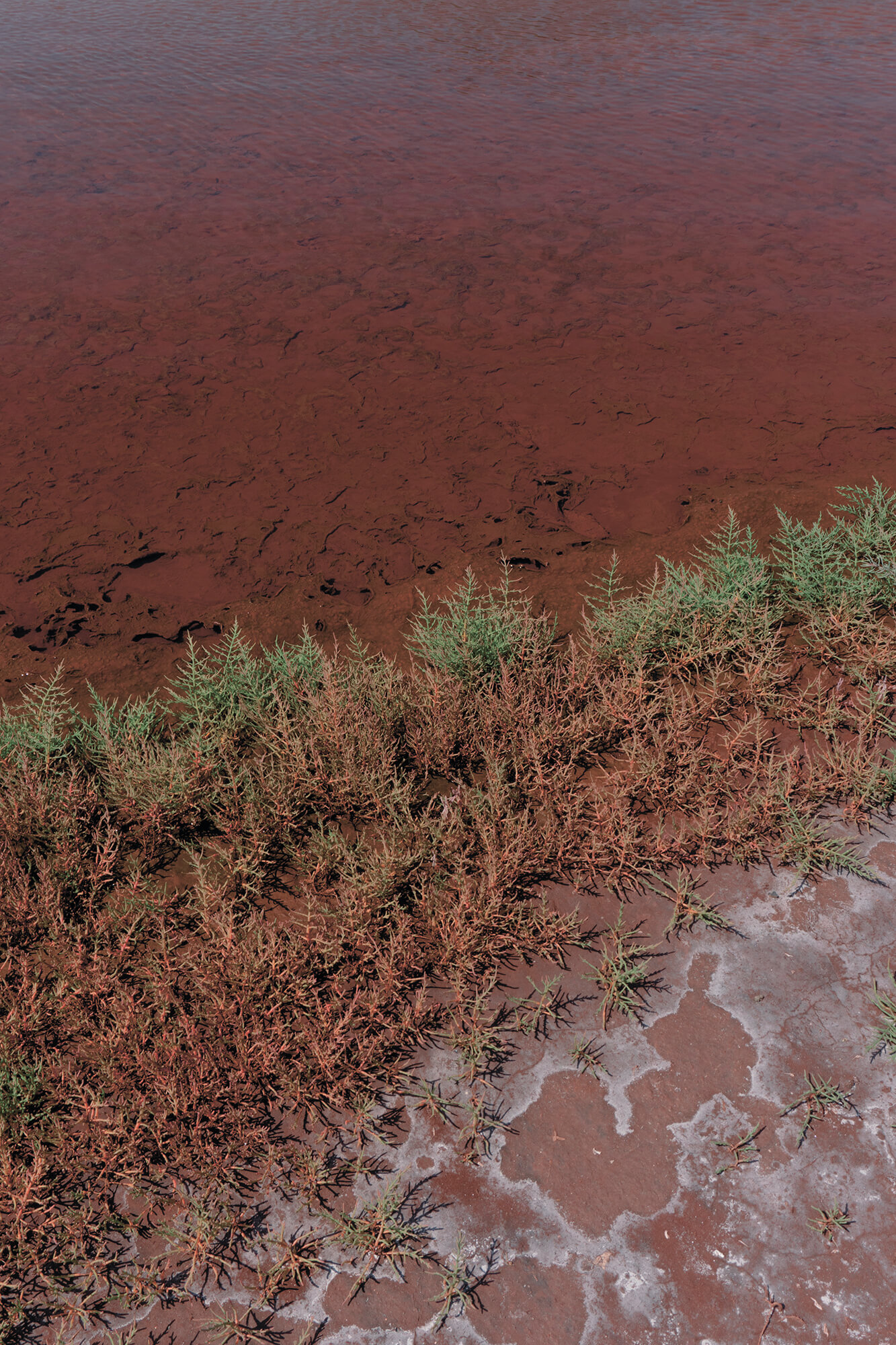
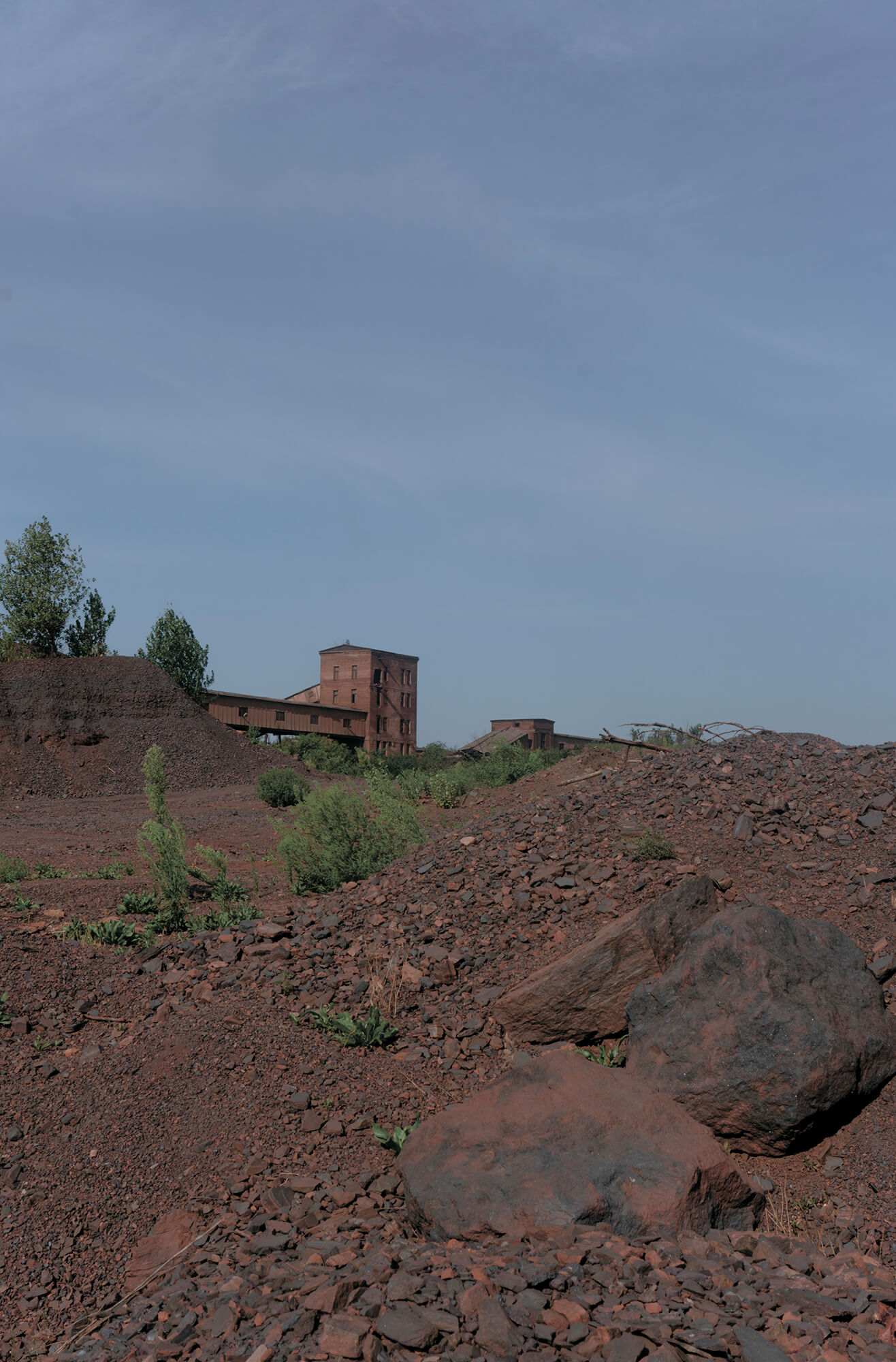
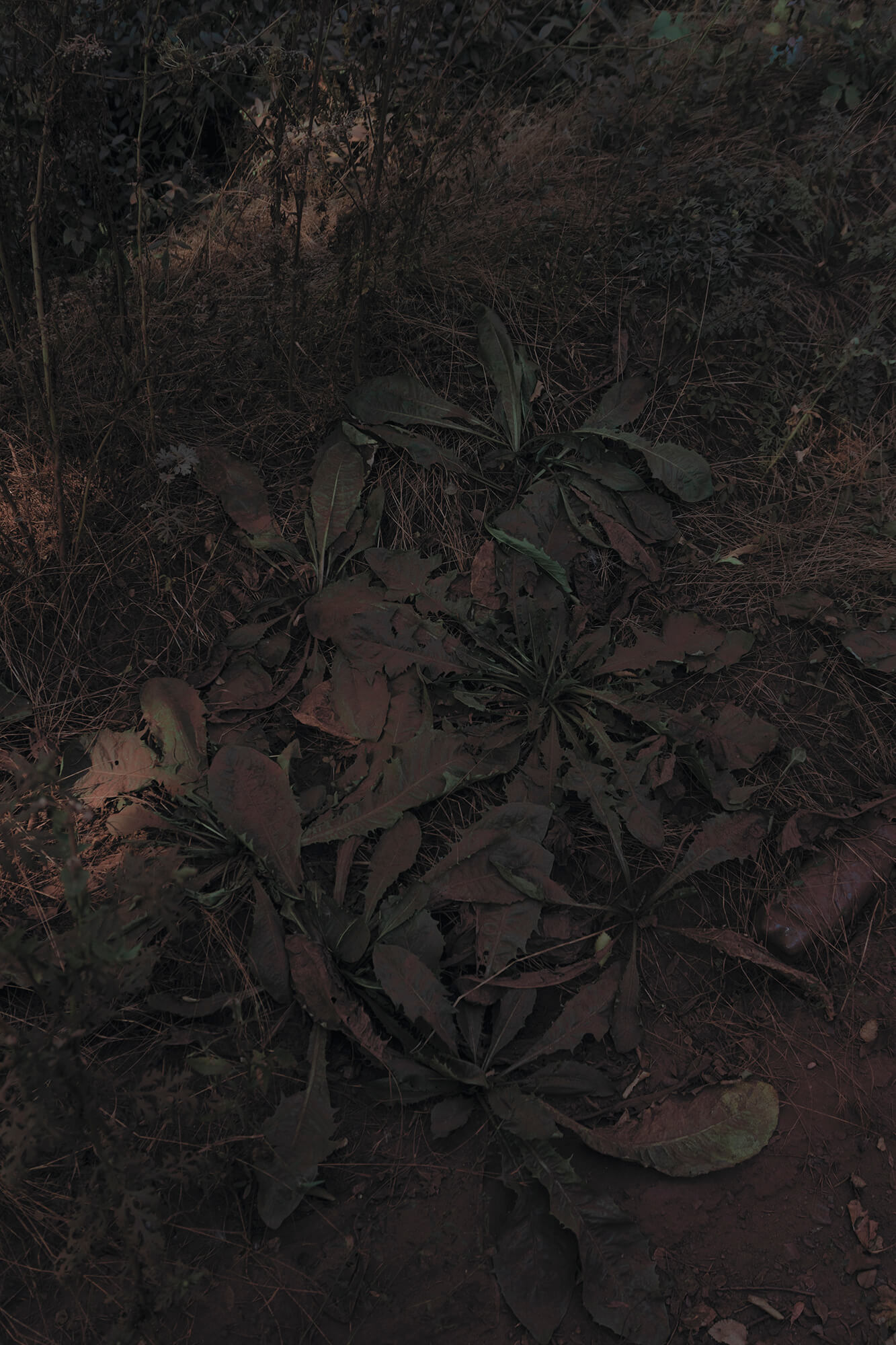
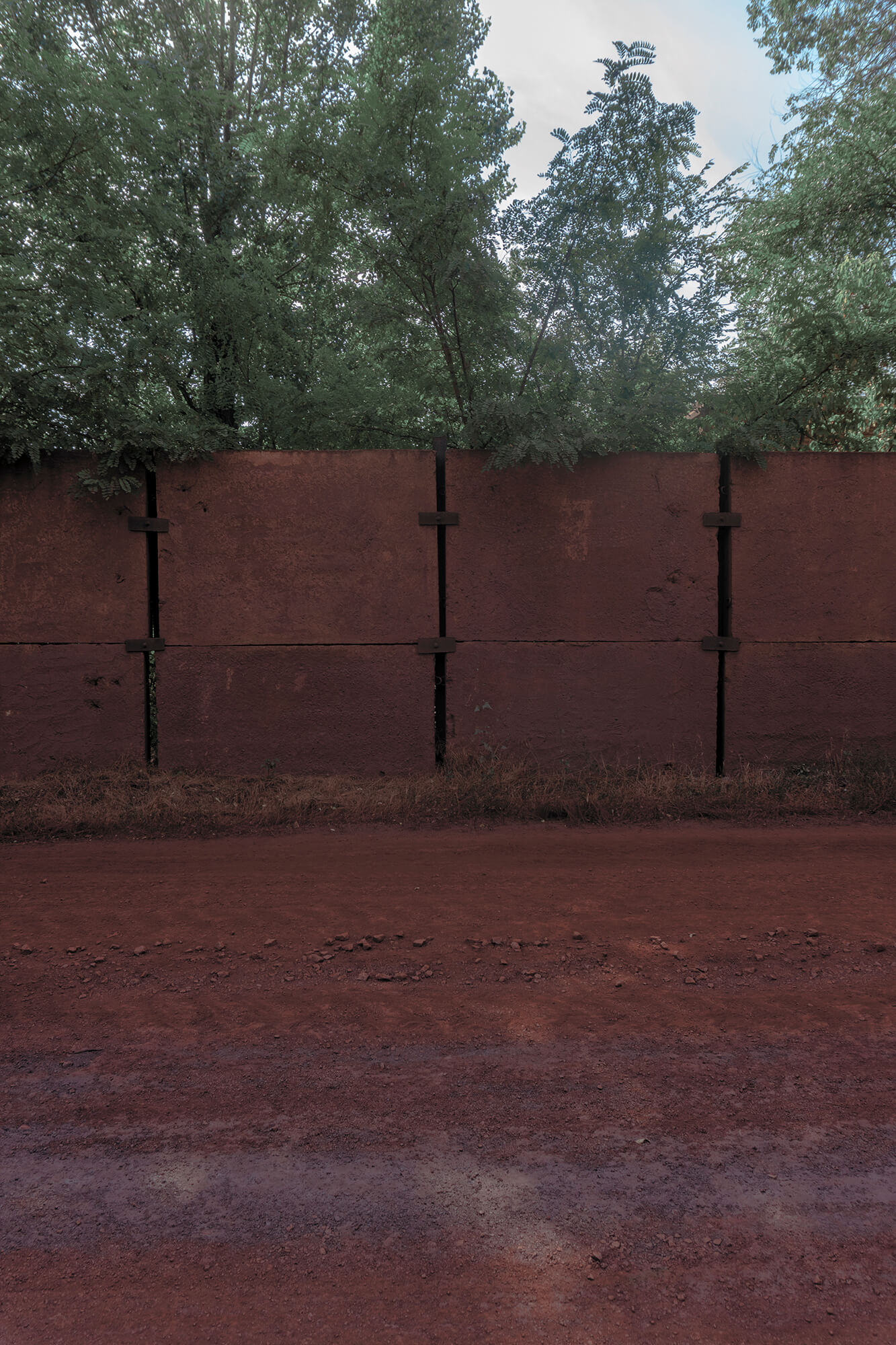
Due to the extraction of iron ore and the resulting oxidation, the entire city has a reddish-brown tint in some places. My clothing, especially my shoes, also took on the same color. During one excursion, a local historian nicknamed “Dotsent” picked up pieces of oxidized ore from the ground and assured us that if we wet and rub it, it can function as a lipstick.
The local historian gathered pieces of oxidized ore from the ground and assured us that it can function as a lipstick.
We visited the “ArcelorMittal Kryvyi Rih” plant, where one of the largest blast furnaces in the world is located, and explored various departments, including the coke chemical production.
During the planned tours, we were always transported by bus, but we also ventured out on our own to the abandoned quarries and came across a small pond of acidic orange color.
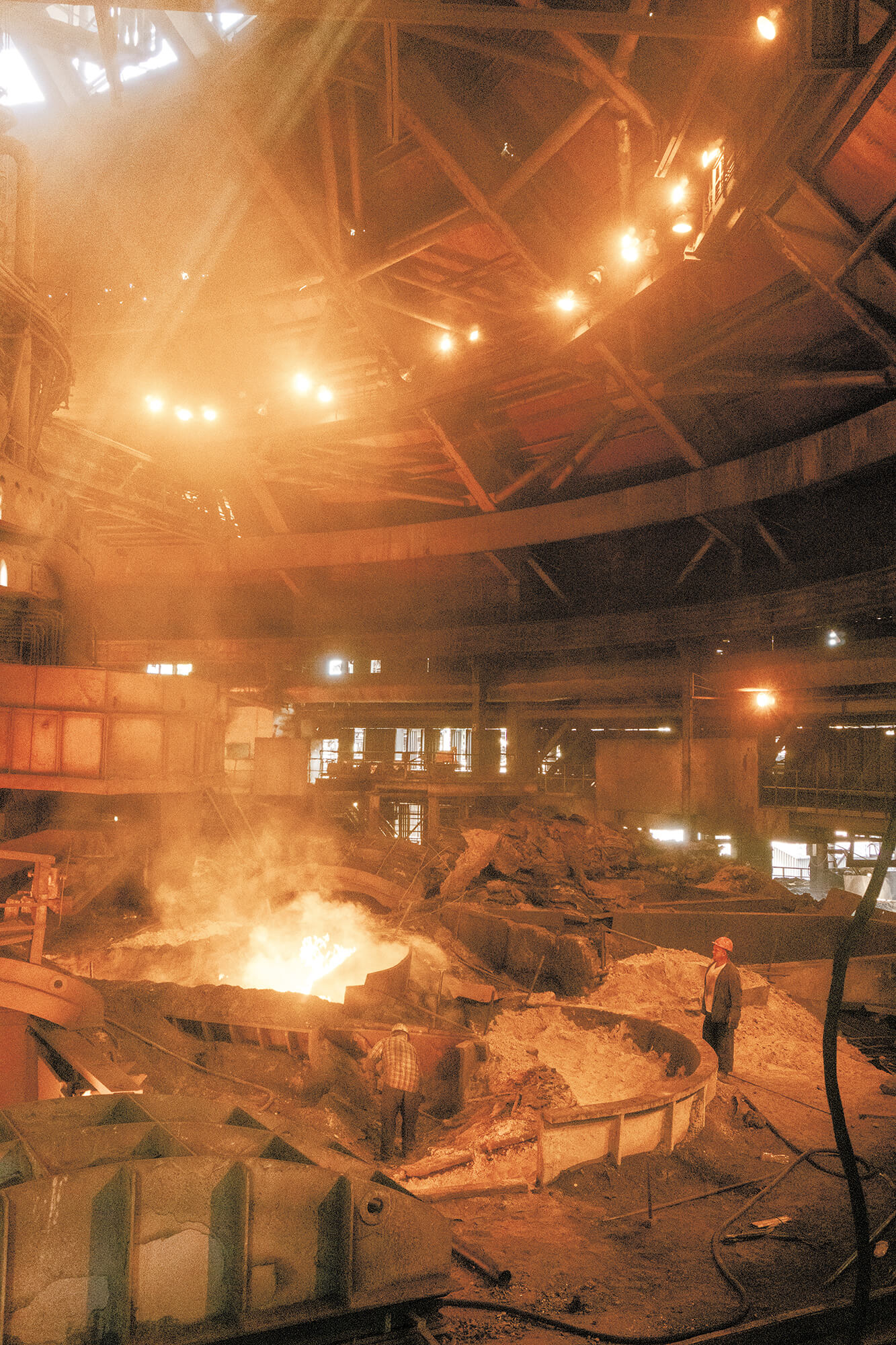
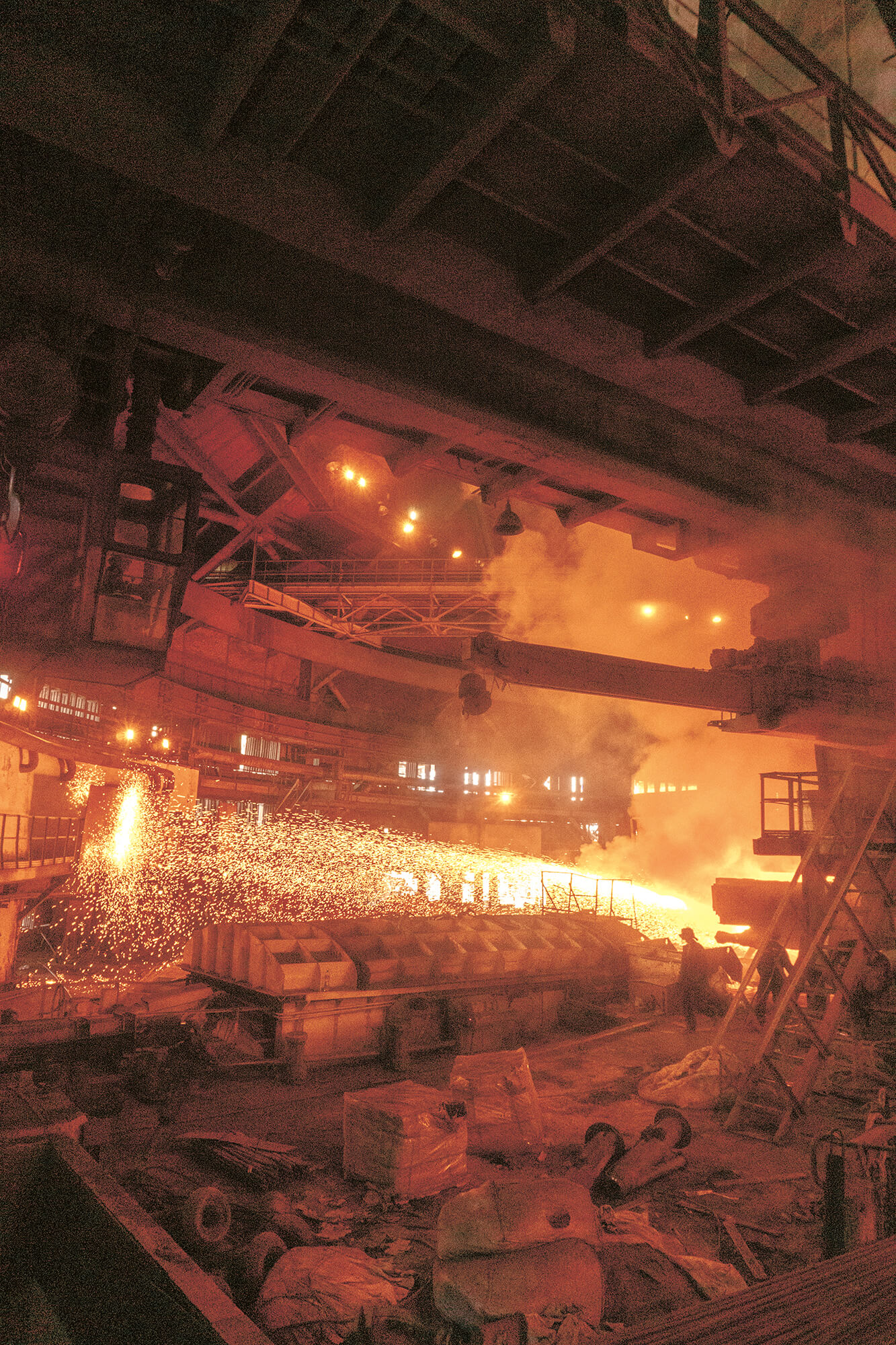
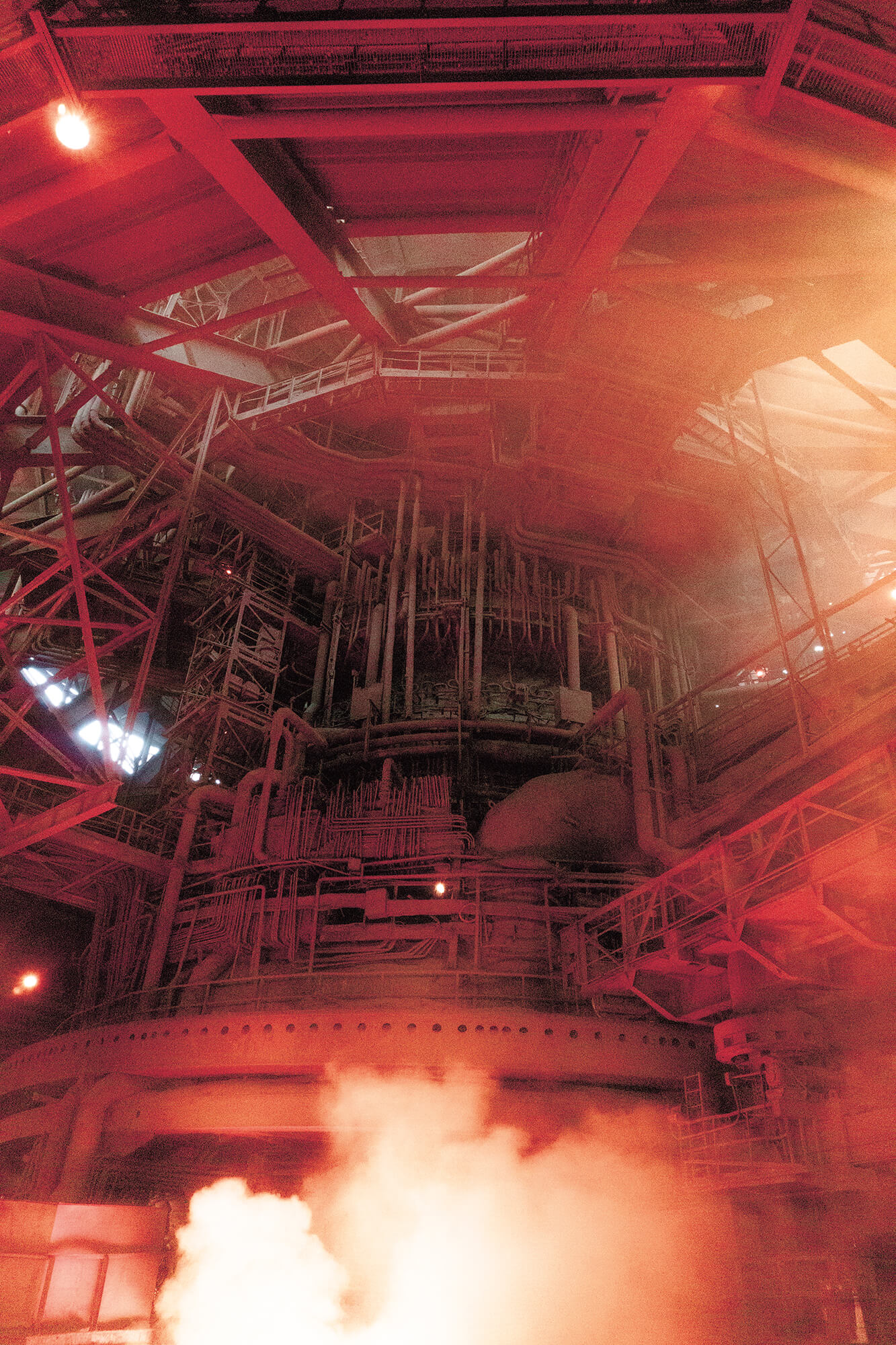
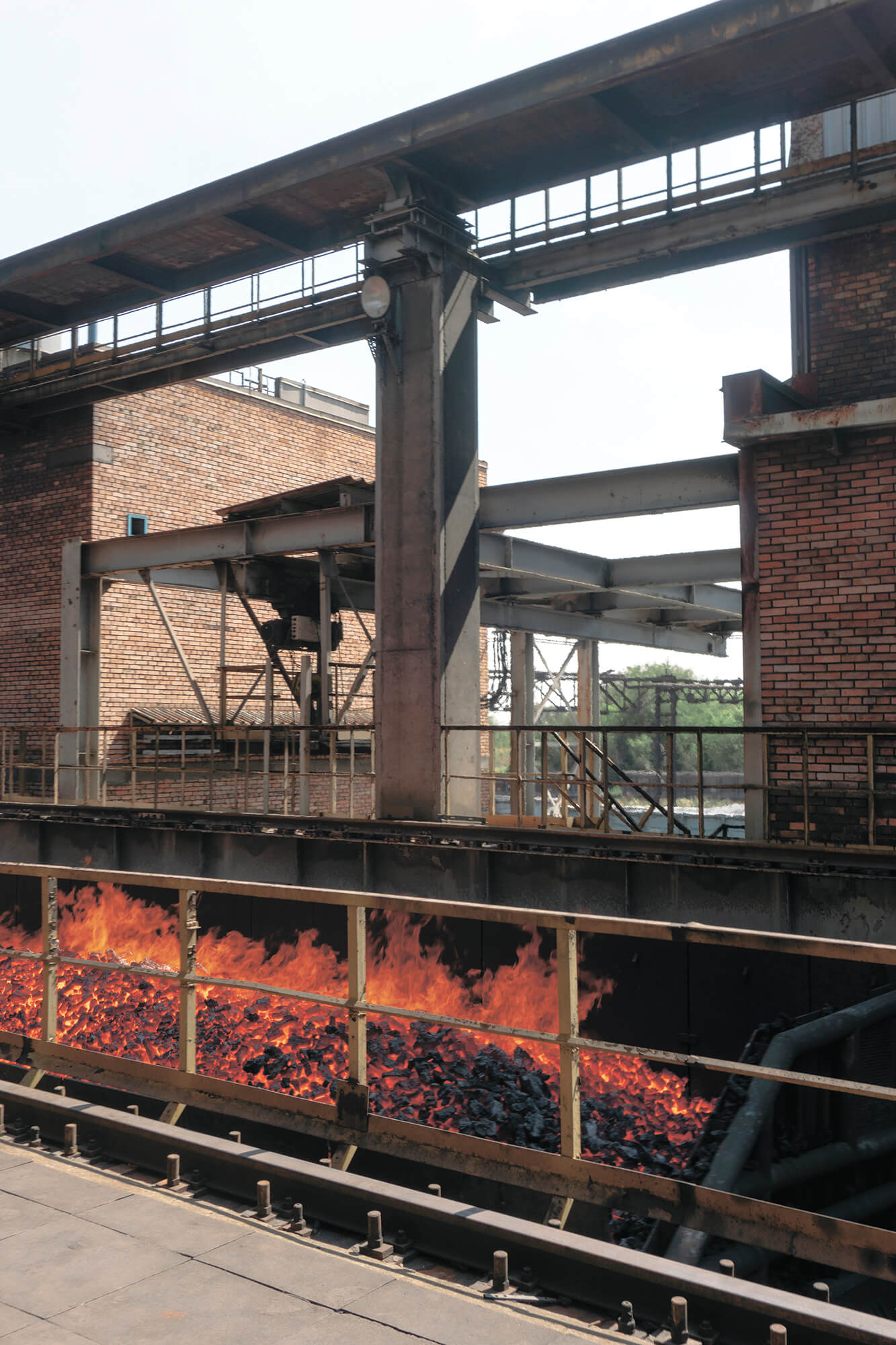
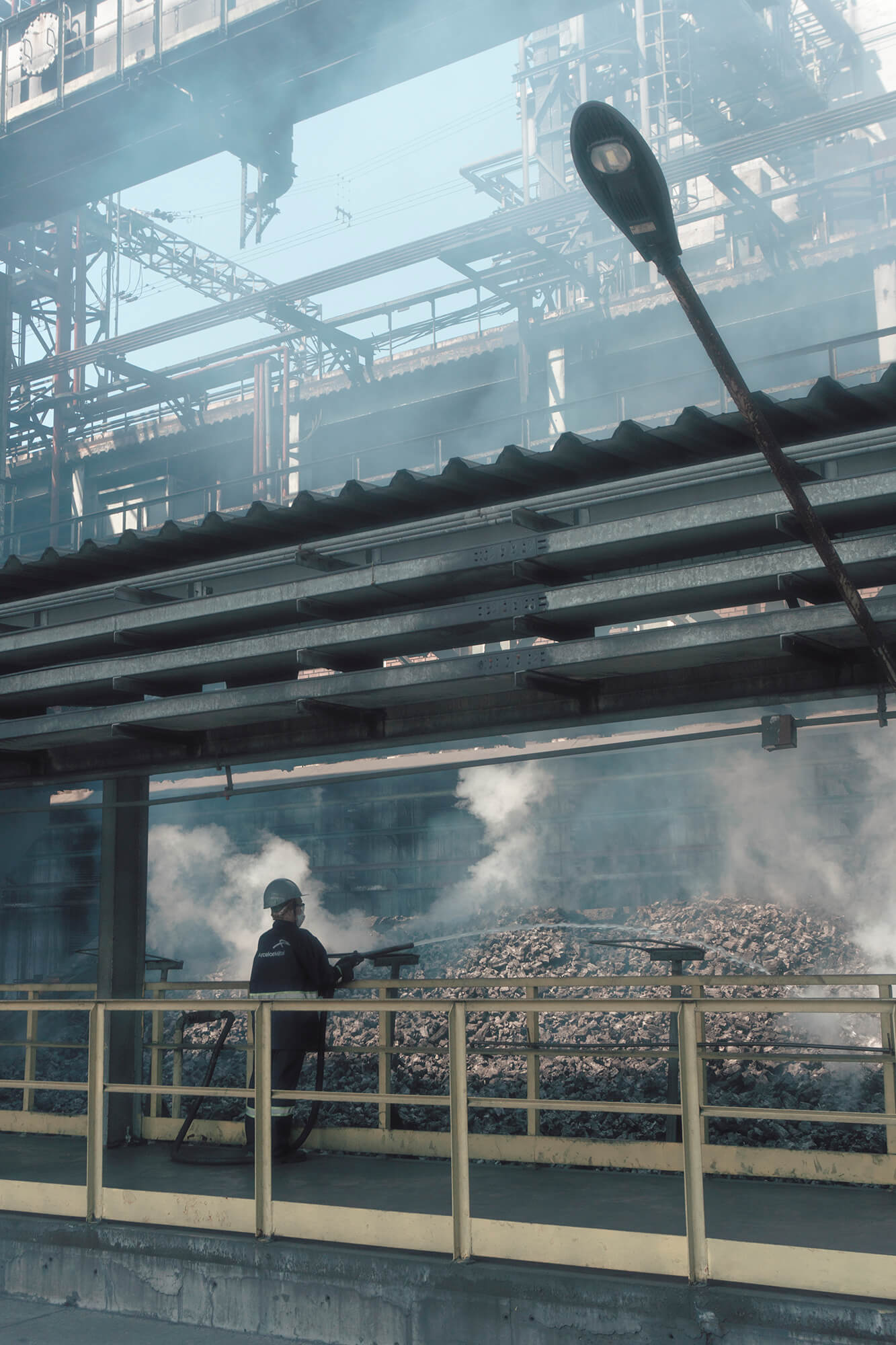
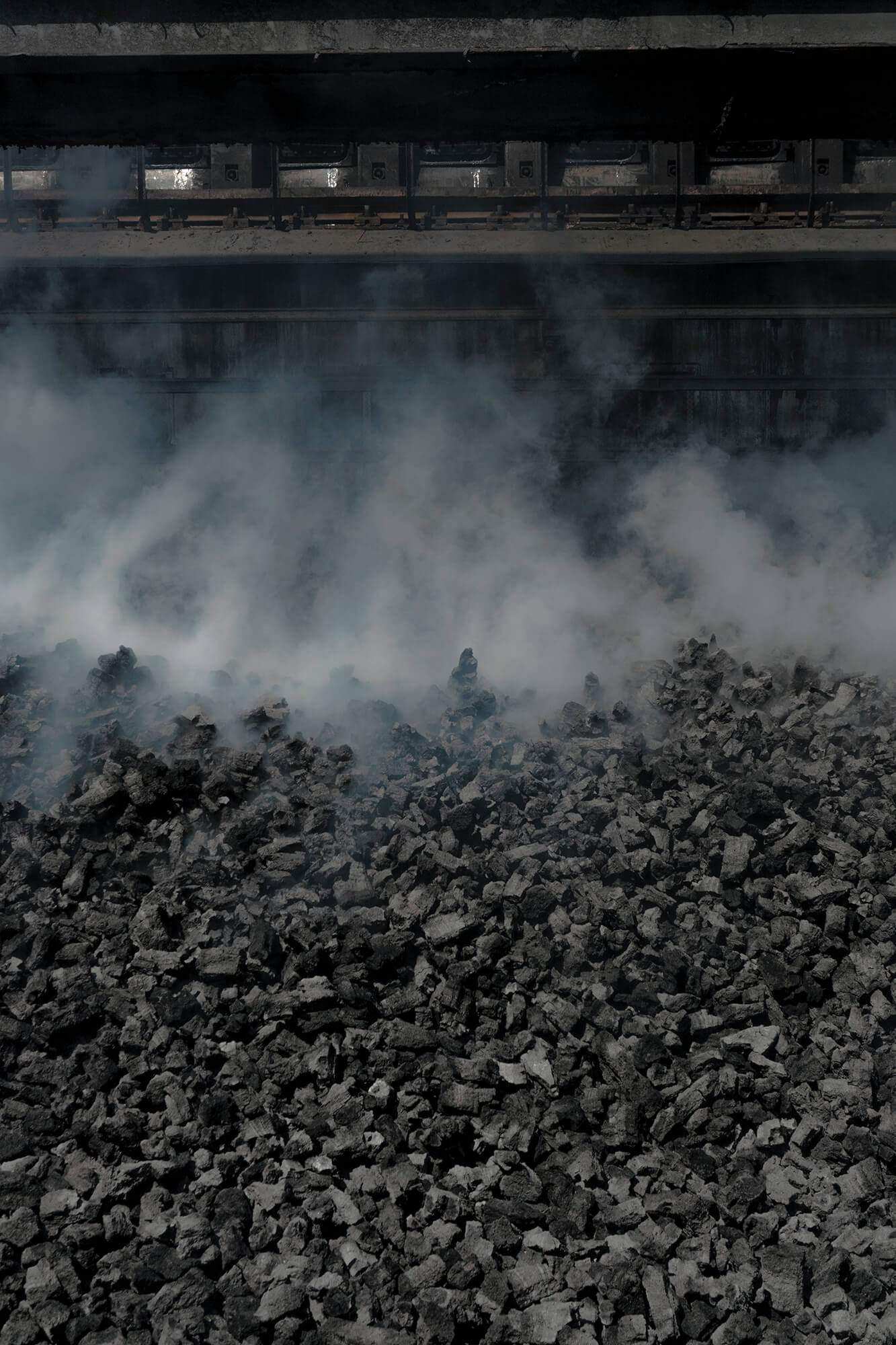
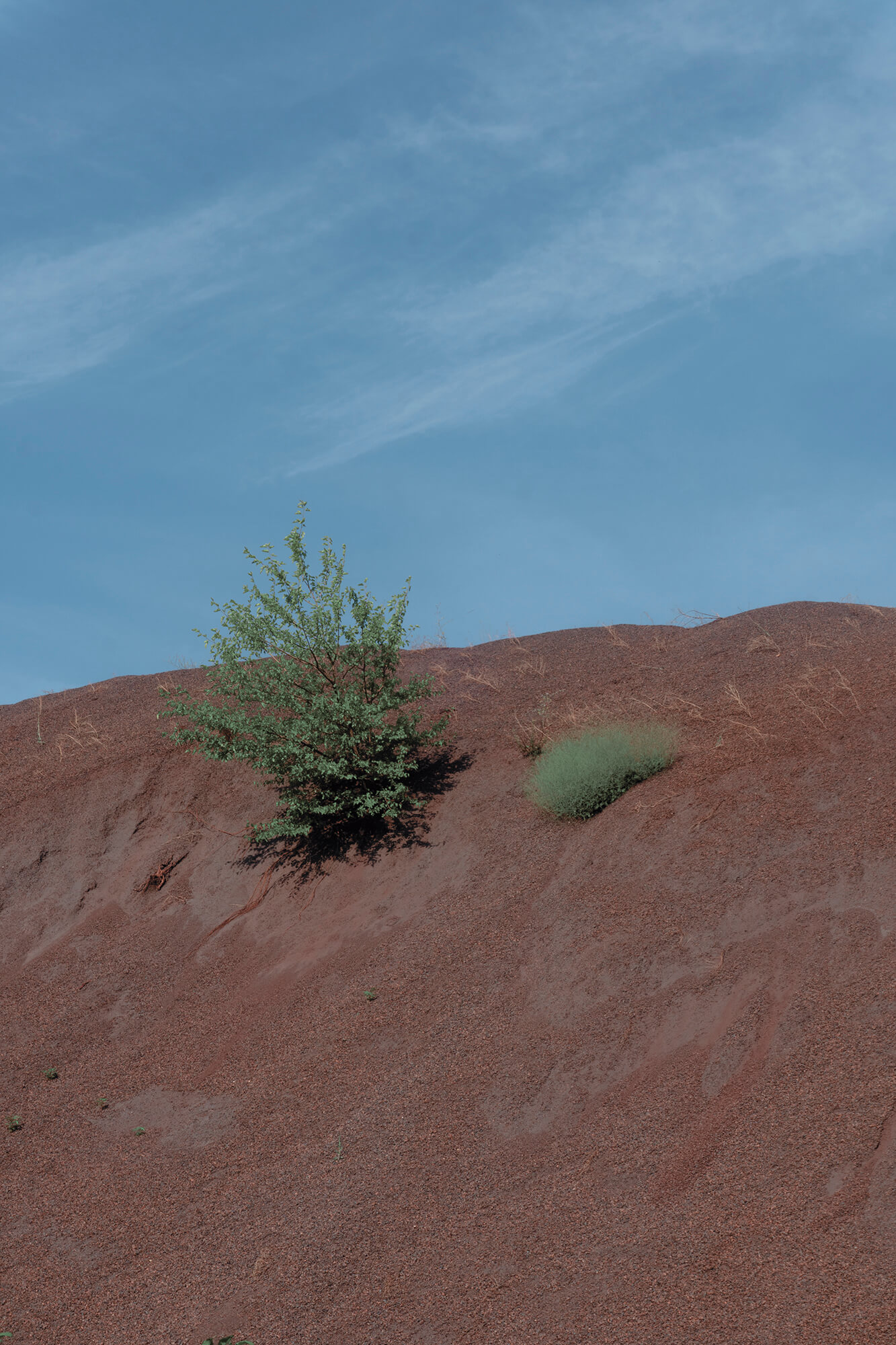

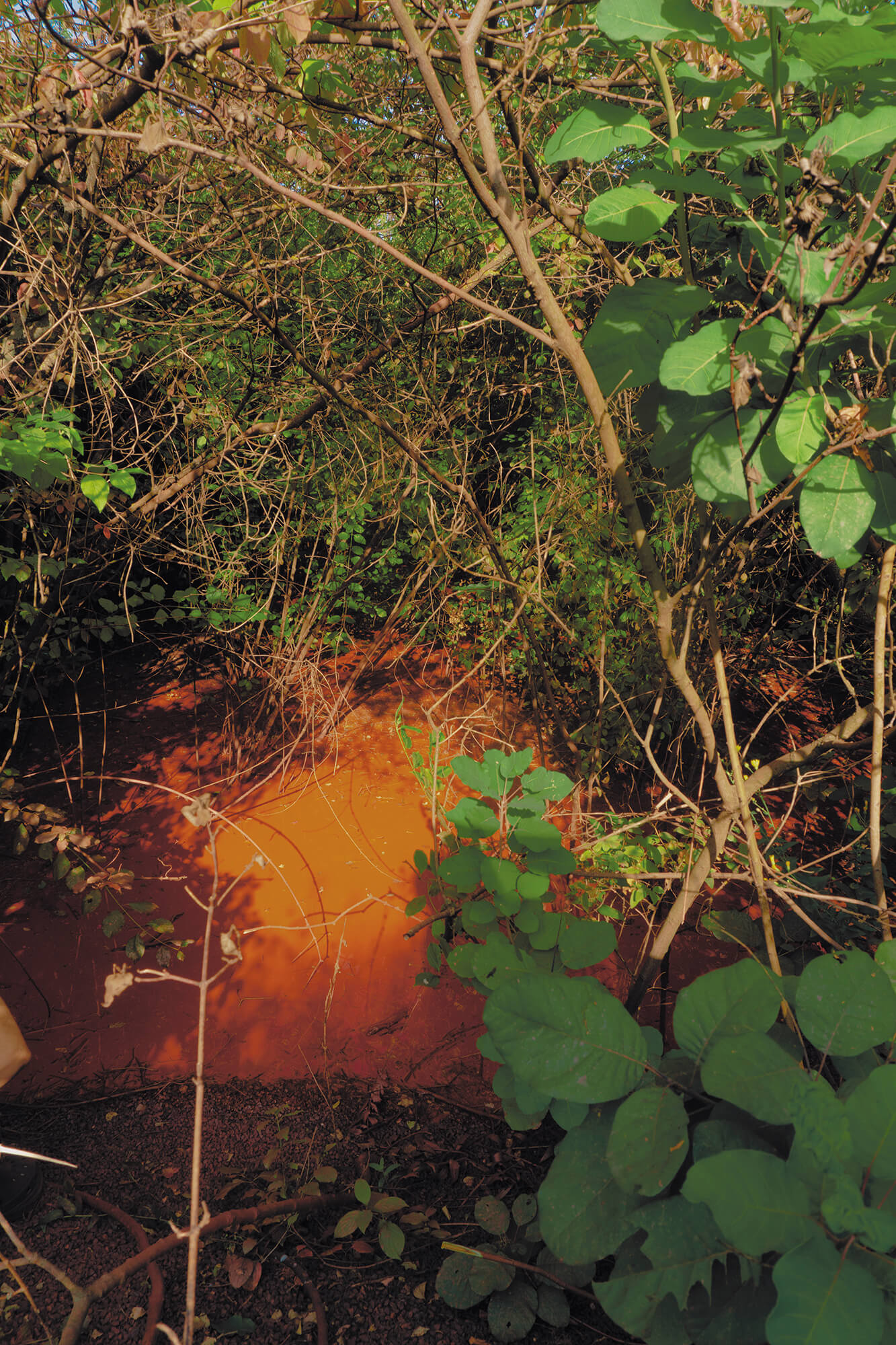
The “greenest” part of the city I can mention is the 95th Quarter district, where there is a huge floral clock that shows the exact time. I was lucky to pass by it in a bus and observe the park workers replanting the flowers.
The most beautiful place is the flooded quarry located near the active ones. The water there had a heavenly blue color. Local television crew accompanied us there, and I asked the presenter to give me a microphone to make it seem like I was a journalist conducting a report.
We stayed at the “Dzherelo” sanatorium, which has been existing since 1989. It used to be a vacation and treatment spot for the workers of “Kryvorizhstal.” The complex is surrounded by a chain of artificial ponds, and every evening I would see someone water-skiing on one of them through the fence. We also wanted to try it until we found out that swimming in that water was not allowed. However, the sanatorium had a dance hall where we would organize dances and watch movies in the evenings.
Every evening, I would see someone water skiing. We also wanted to try it until we found out that swimming in that water was not allowed.
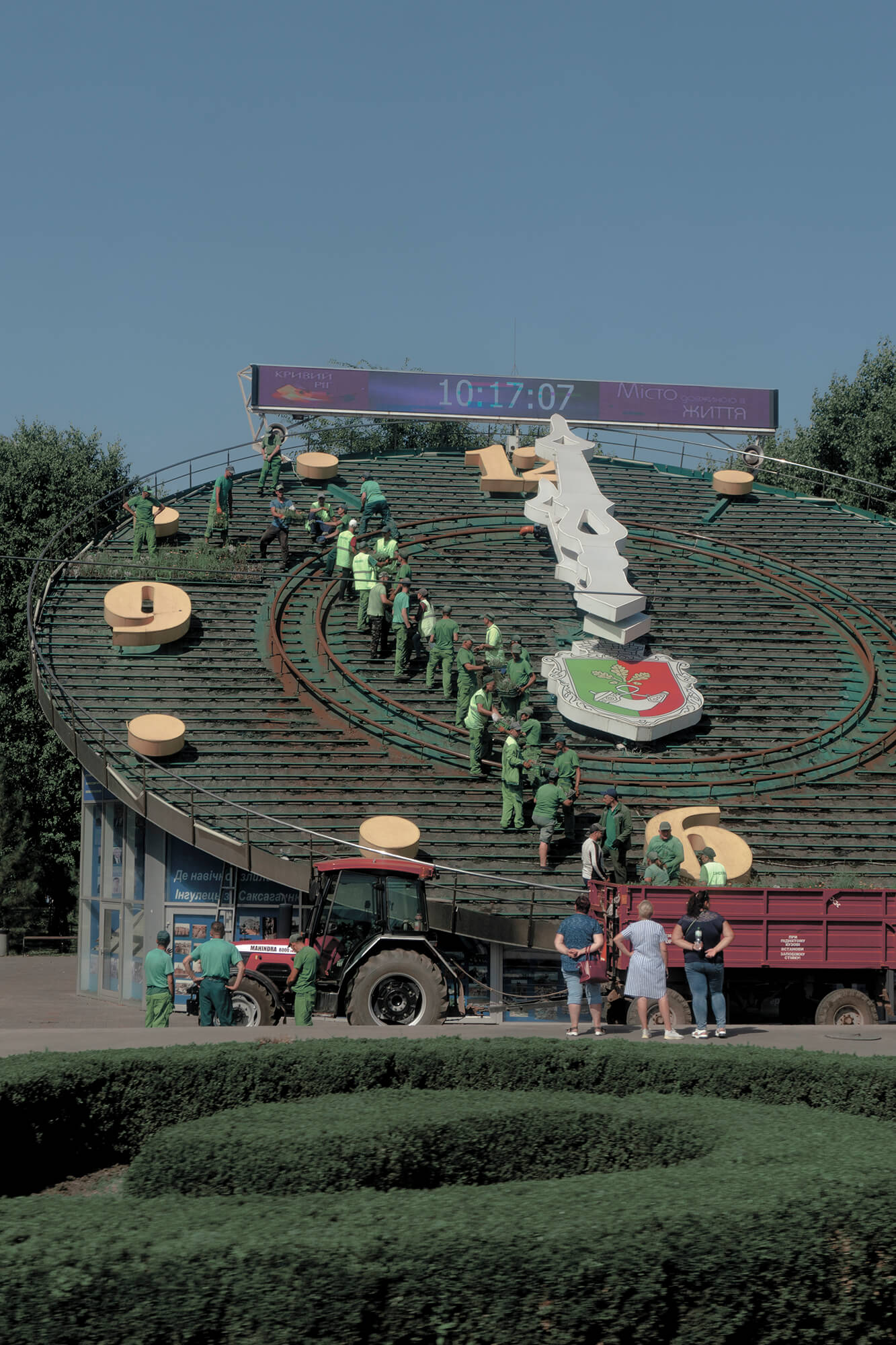
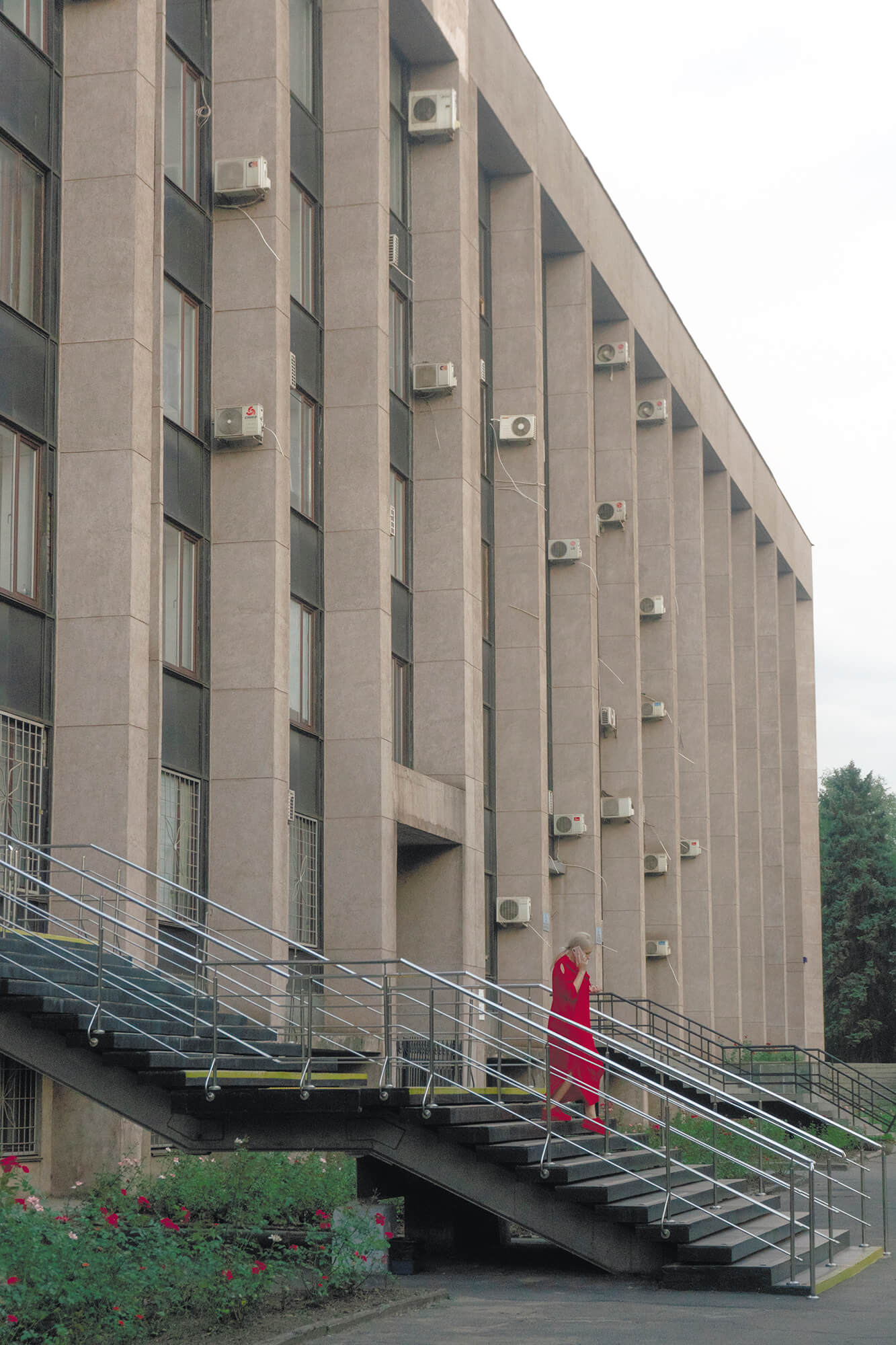
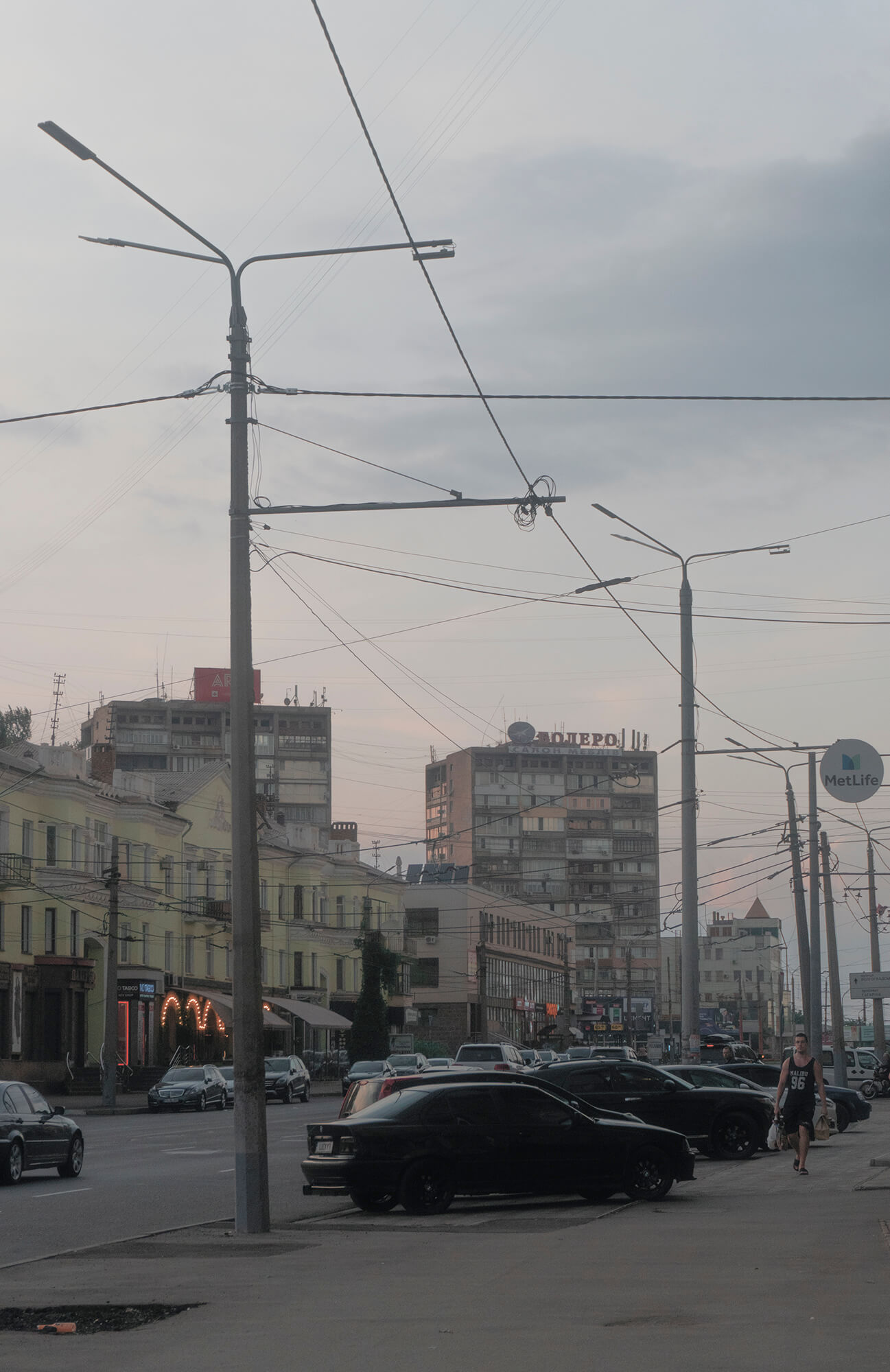
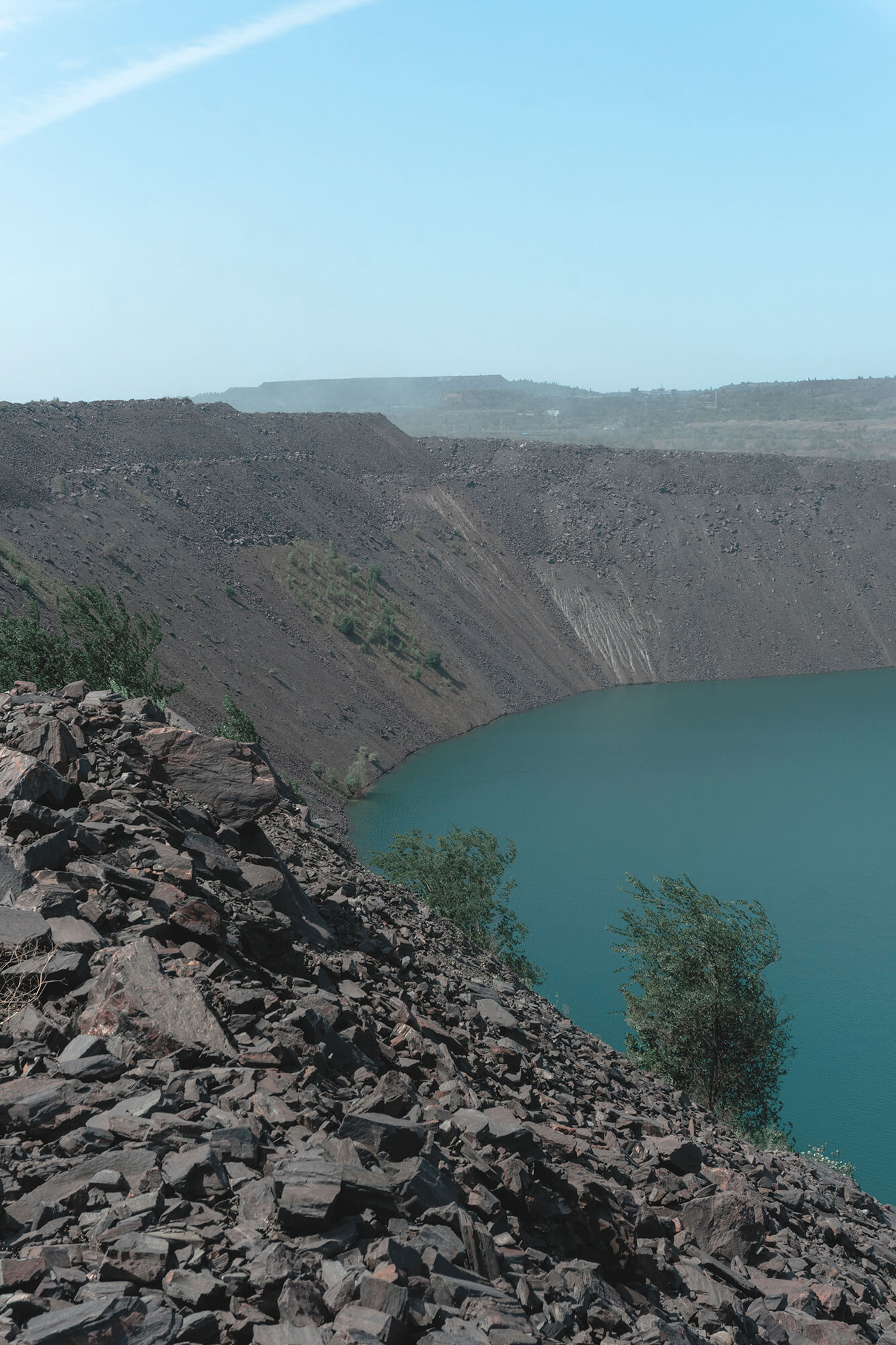
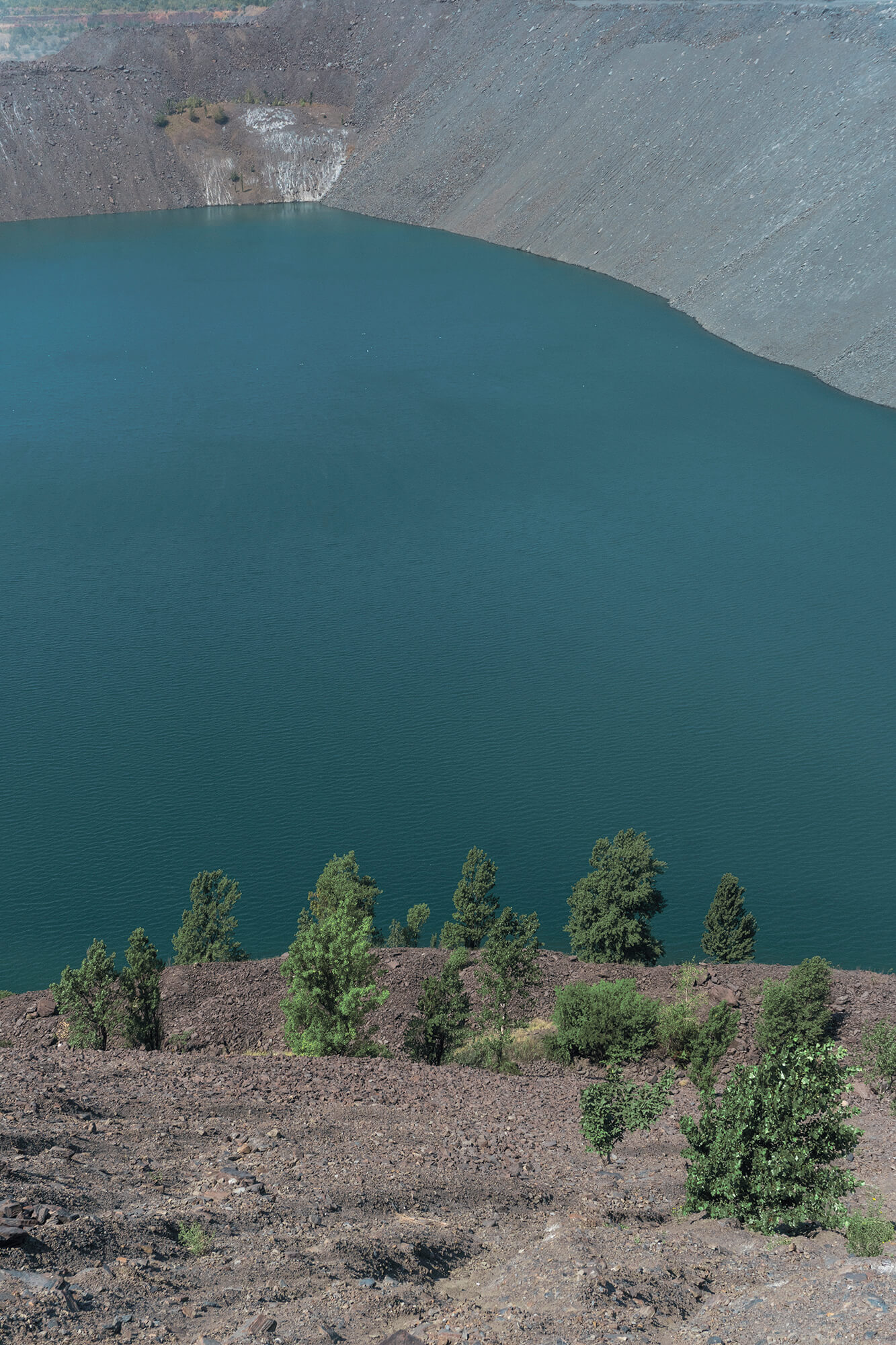
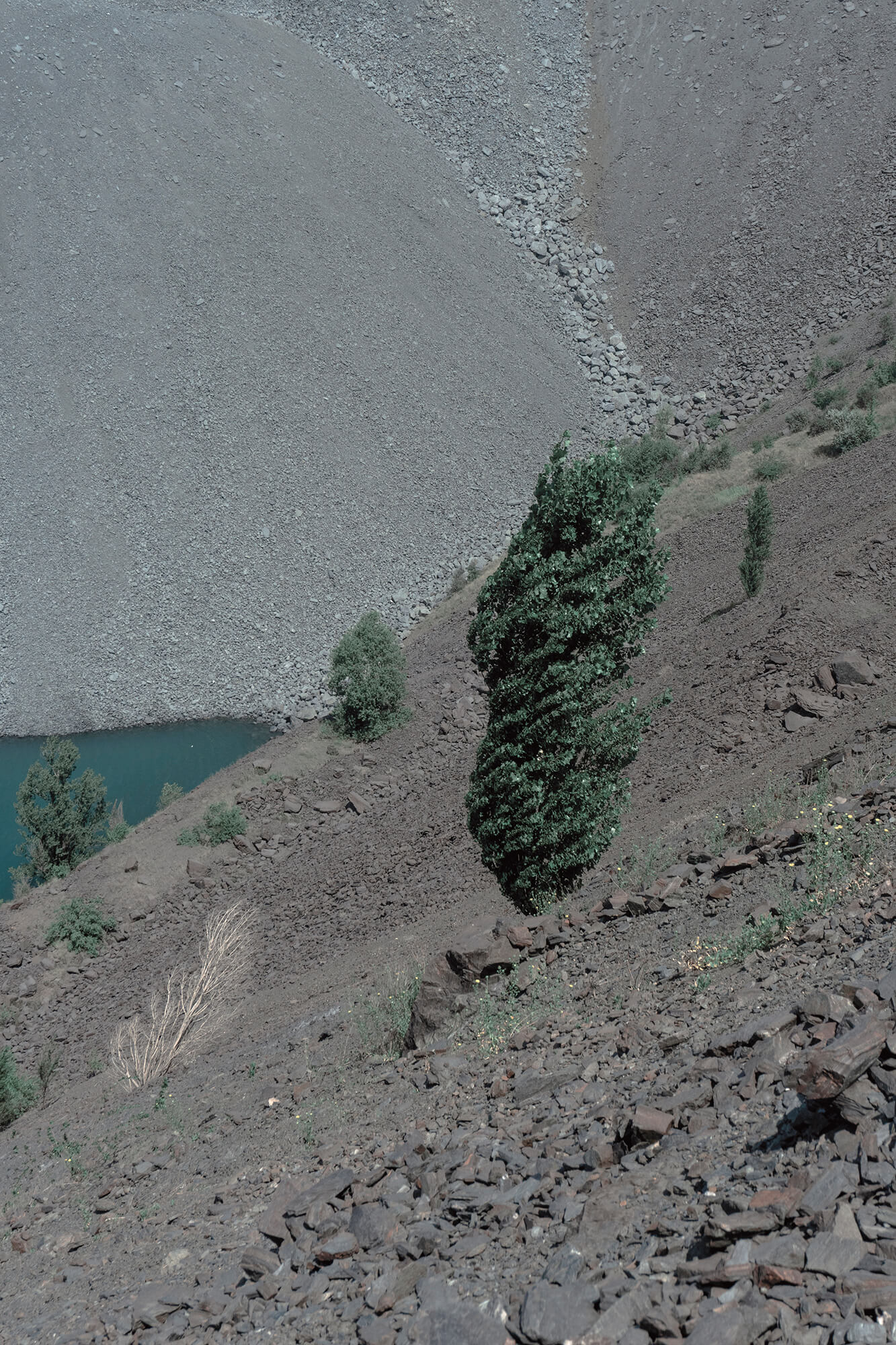
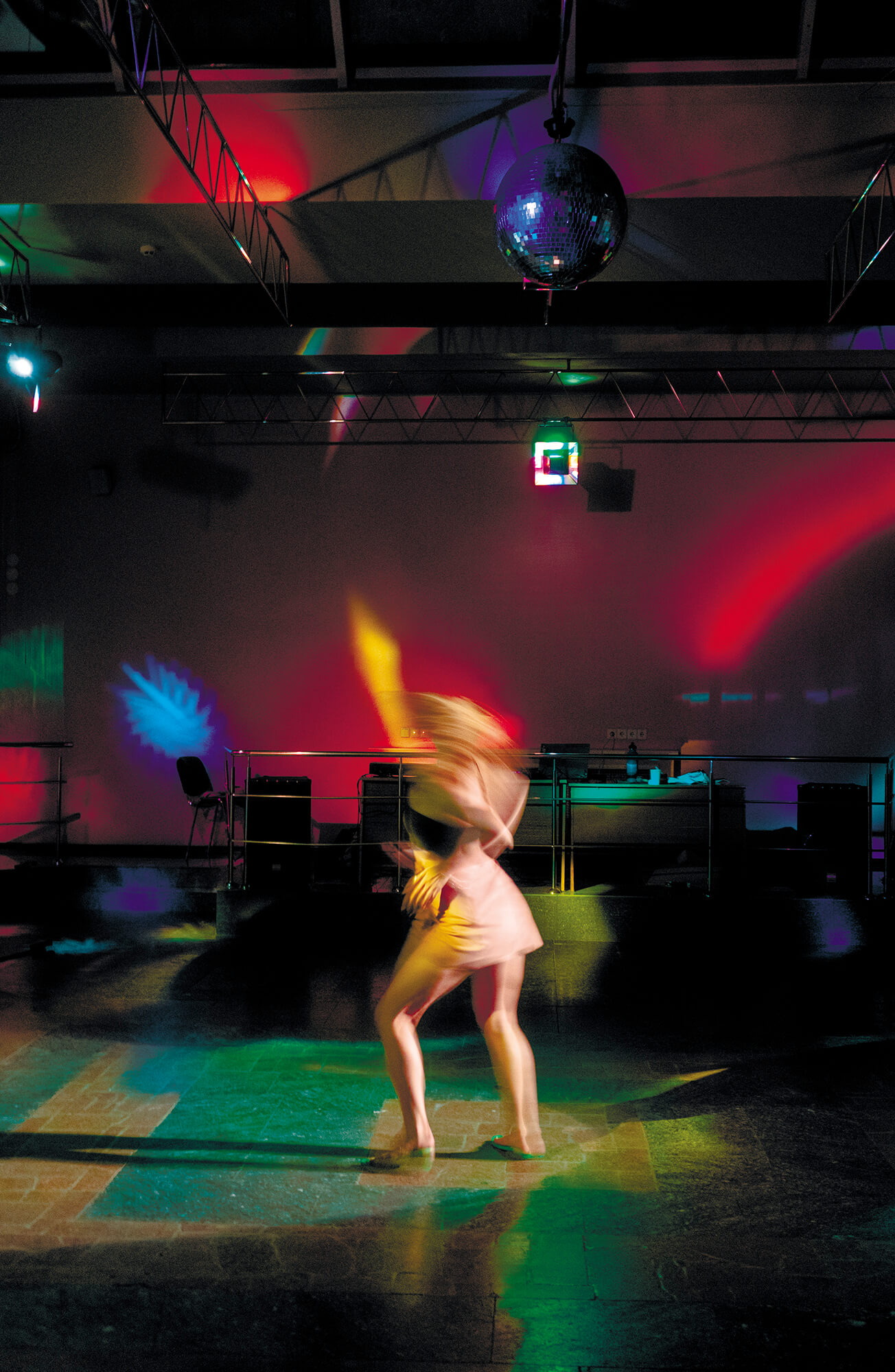
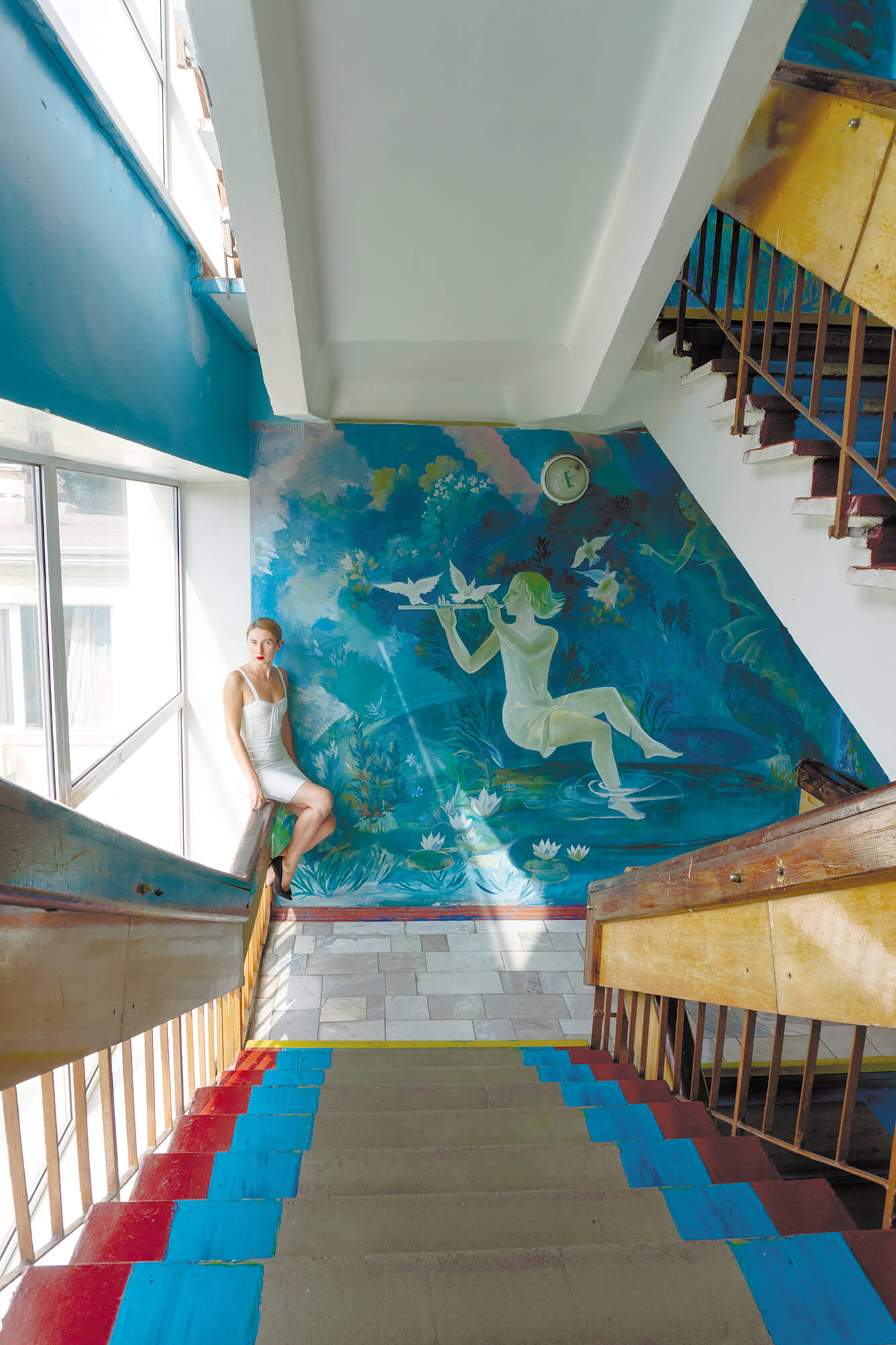
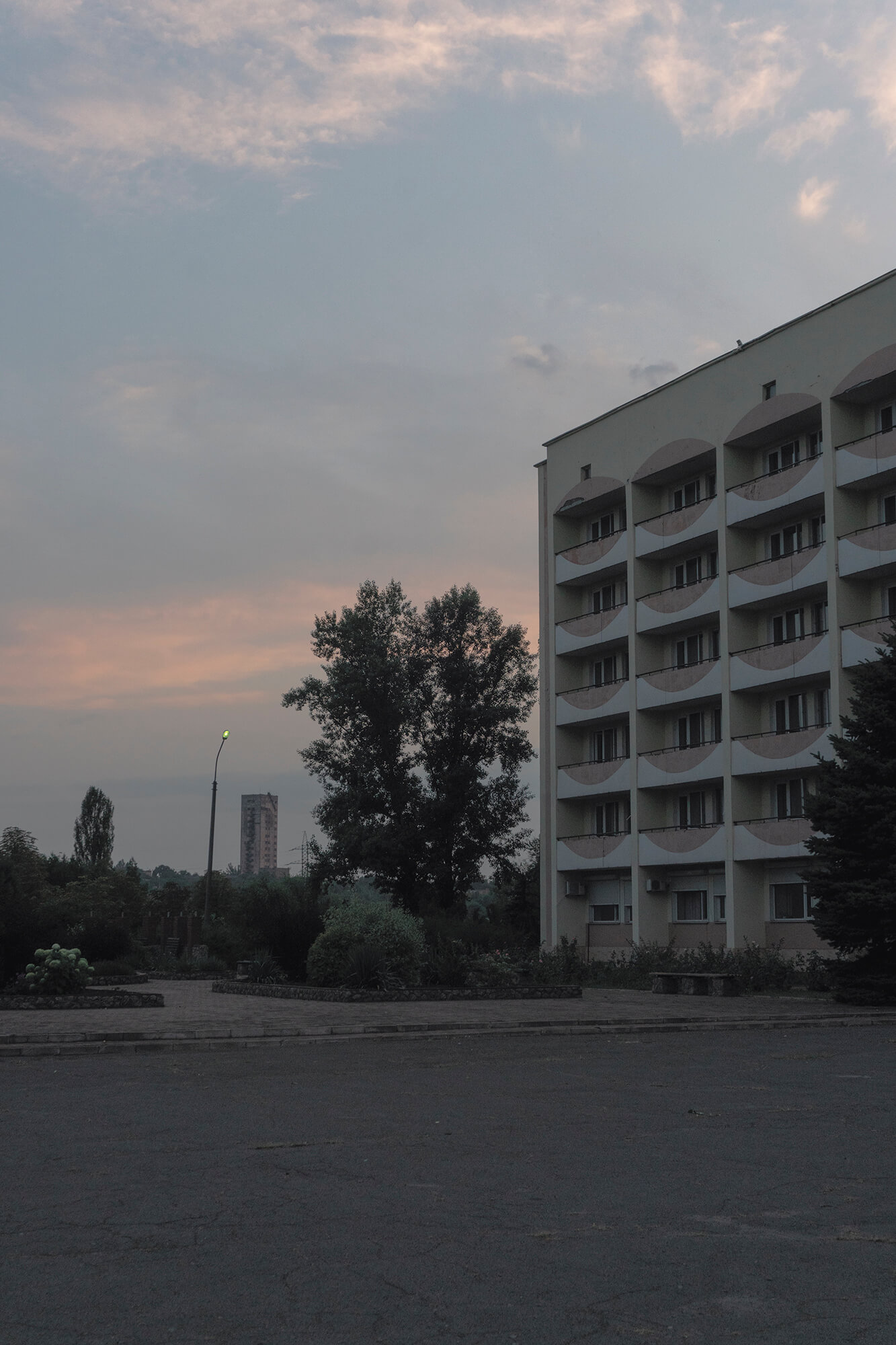
New and best
